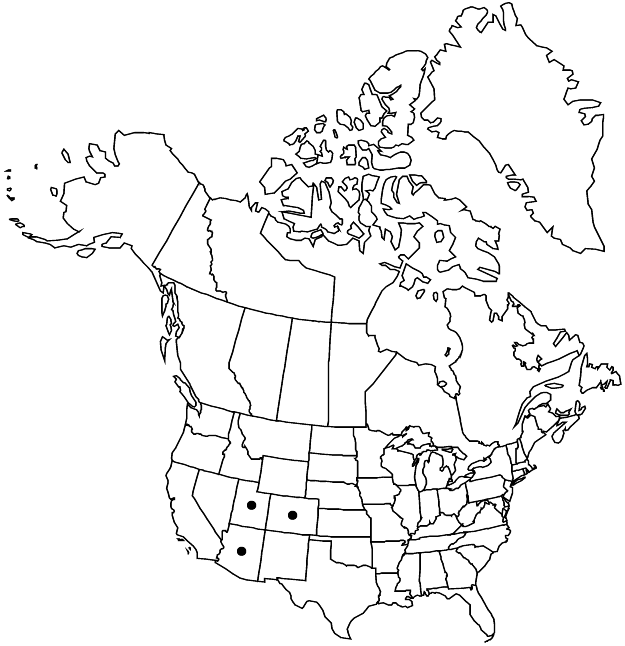Difference between revisions of "Eriogonum corymbosum var. orbiculatum"
Great Basin Naturalist 27: 221. 1968.
FNA>Volume Importer |
imported>Volume Importer |
||
| Line 8: | Line 8: | ||
}} | }} | ||
|common_names=Orbicular-leaf wild buckwheat | |common_names=Orbicular-leaf wild buckwheat | ||
| + | |special_status={{Treatment/ID/Special_status | ||
| + | |code=E | ||
| + | |label=Endemic | ||
| + | }} | ||
|basionyms={{Treatment/ID/Basionym | |basionyms={{Treatment/ID/Basionym | ||
|name=Eriogonum effusum subsp. orbiculatum | |name=Eriogonum effusum subsp. orbiculatum | ||
| Line 52: | Line 56: | ||
|publication title=Great Basin Naturalist | |publication title=Great Basin Naturalist | ||
|publication year=1968 | |publication year=1968 | ||
| − | |special status= | + | |special status=Endemic |
| − | |source xml=https:// | + | |source xml=https://bitbucket.org/aafc-mbb/fna-data-curation/src/2e0870ddd59836b60bcf96646a41e87ea5a5943a/coarse_grained_fna_xml/V5/V5_482.xml |
|subfamily=Polygonaceae subfam. Eriogonoideae | |subfamily=Polygonaceae subfam. Eriogonoideae | ||
|genus=Eriogonum | |genus=Eriogonum | ||
Latest revision as of 22:11, 5 November 2020
Shrubs, (3–)5–15 × 5–15 dm. Leaves cauline 1/2 or more length of flowering stem; petiole 0.5–1.5 cm; blade broadly ovate to nearly orbiculate, 1–3(–3.5) × 1–3(–3.5) cm, floccose to tomentose on both surfaces or floccose adaxially. Inflorescences compact and rather flat-topped, 3–10 cm; branches densely tomentose. Involucres 2–3.5 × 1.5–2.5 mm. Flowers 2.5–3 mm; perianth white, glabrous.
Phenology: Flowering Aug–Oct.
Habitat: Sandy to gravelly flats, washes, slopes, mixed grassland, saltbush, blackbrush, and sagebrush communities, pinyon-juniper woodlands
Elevation: 900-1600(-2300) m
Distribution

Ariz., Colo., Utah.
Discussion
Variety orbiculatum is encountered in northeastern Arizona (Coconino and Navajo counties), western Colorado (Mesa, Montezuma, San Juan, and San Miguel counties), and southeastern Utah (Emery, Garfield, Grand, Kane, San Juan, and Wayne counties). It is worthy of the serious horticultural efforts now being made to develop cultivars for the arid garden, with selection development emphasizing large, round, fully flowering shrubs capable of surviving a wide range of temperatures. A mature plant in full flower is a remarkable sight. The hemispheric shrubs wholly and densely blanketed by bright white flowers and set against the deep red sands and sandy-clay hills in Monument Valley are seen in numerous photographs and several John Ford movies. An expression from Gypsum Valley, San Miguel County, Colorado, may well reprecent an undescribed variety allied to var. orbiculatum.
Selected References
None.